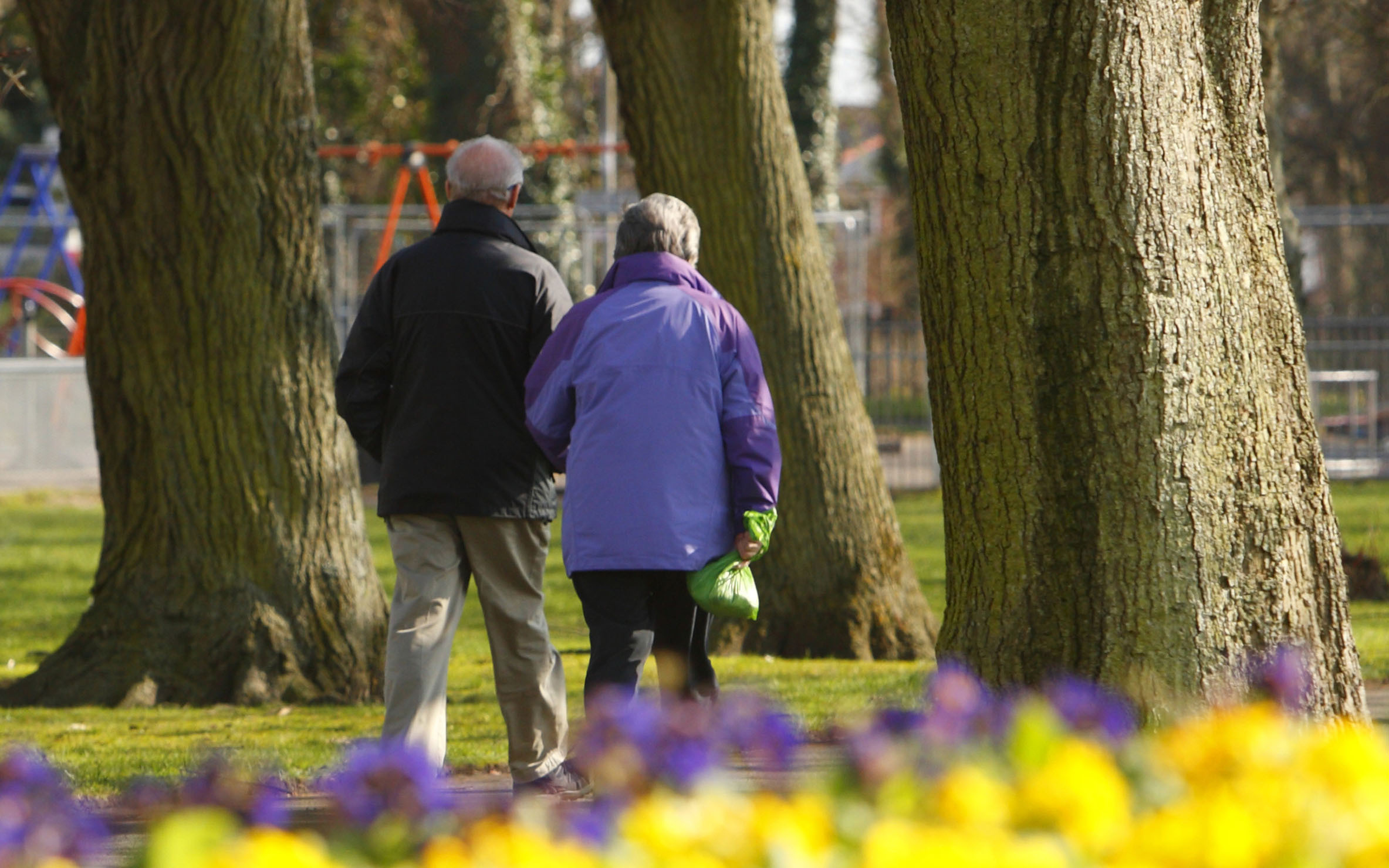
JUST two weeks of a couch potato lifestyle increases the risk of serious disease, research has suggested.
Experts found that 14 days of sitting around reduces muscle mass, increases body fat and raises the potential for high cholesterol.
Taking 10,000 steps a day – widely regarded as a target for maintaining good health – should be something people strive for, they said.
The team, from the University of Liverpool, followed a group of 28 healthy people of a normal weight with an average age of 25.
Participants usually took 10,000 steps per day or more but did not have more than two hours of structured exercise – such as going to the gym or playing sport – per week.
For 14 days, people wore a SenseWear armband, which lets researchers track levels of physical activity, steps, sleep and lifestyle.
The group also had health checks on things such as fat, muscle mass and physical fitness at the start and the end of the study.
For the research, people were told to reduce their activity levels by more than 80% to around 1,500 steps per day.
They were also told to eat their normal meals and keep a food diary.
Over the course of the study, exercise levels dropped from a daily average of 161 minutes to 36 minutes.
At the same time, the amount of time spent sedentary – such as sitting down – increased by an average of 129 minutes.
The results showed significant changes to the body, including loss of muscle mass (average loss 0.36kg) and increases in total body fat, with central body fat going up by around 1%.
There was also an increase in liver fat and an increase in bad cholesterol markers.
Overall, cardio-respiratory fitness levels also declined.
Dr Dan Cuthbertson, who led the work and is presenting his findings at the European Congress on Obesity in Porto, Portugal, said any physical activity – even walking – is better than being sedentary.
He said: “This doesn’t need to be structured exercise – it could be things like getting off the bus a stop earlier or walking to the shops instead of driving.
“If you think of a typical mum at home who is always busy and on the go but doesn’t go the gym regularly, there are still significant health benefits in what she’s doing.”
He said people who do not exercise risk obesity and illnesses such as Type 2 diabetes.
“The take-home message is two-fold,” he said. “If you do formal exercise, it may not be enough and keeping active as part of your daily life is important.
“And for those who don’t exercise, avoiding prolonged sitting and increasing your daily step counts has clear health benefits.
“It does appear that there is something in this idea of 10,000 steps a day being good for you.
“People have become obsessed with 10,000 steps a day and this research shows it’s a good thing.”
He said people in the study were young and fit.
“If you take obese people, older people or those at risk of diabetes, all the risks of a sedentary lifestyle may be even greater,” he added.
“Our day-to-day physical activity is key to abstaining from disease and health complications. People must avoid sitting for long periods of time.”
Dr Emily Burns, research communications manager at Diabetes UK, which part-funded the study, said: “We know that being physically inactive can increase the risk of Type 2 diabetes, and while we need to wait for the full results, this research suggests that changes inside the body could start after only two weeks of inactivity.
“We can all find ways to include physical activity in our daily life – even walking to work or using stairs.”
Steven Ward, chief executive of ukactive, said: “Physical inactivity is society’s silent killer and even short bouts of being sedentary can lead to deadly diseases.”

Enjoy the convenience of having The Sunday Post delivered as a digital ePaper straight to your smartphone, tablet or computer.
Subscribe for only £5.49 a month and enjoy all the benefits of the printed paper as a digital replica.
Subscribe